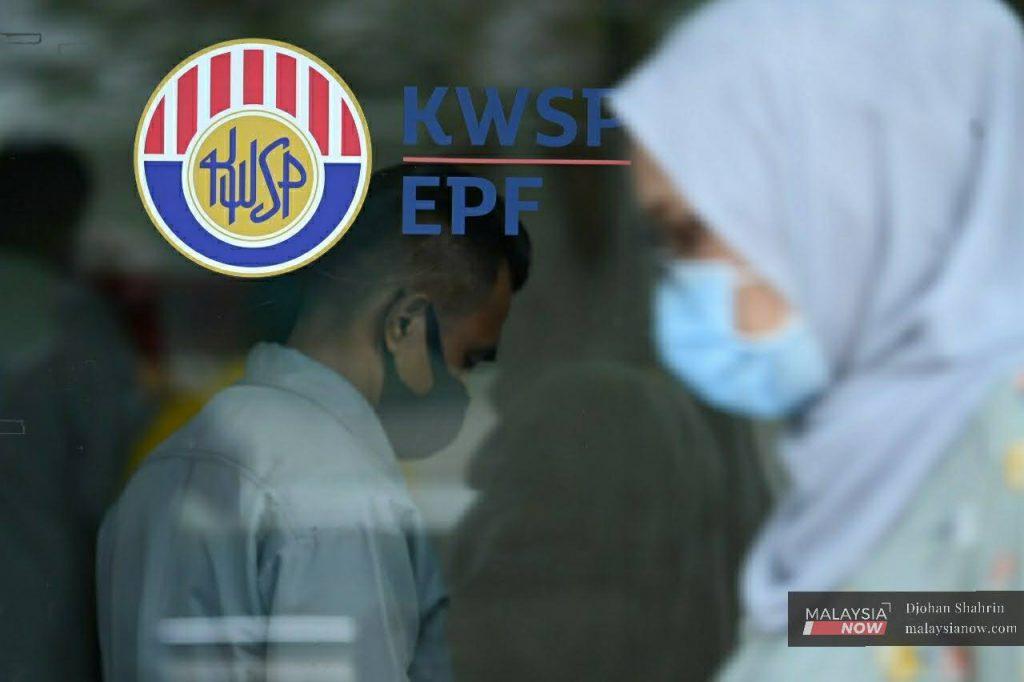Economists see 2021 EPF dividend rate at 5.2% to 6.0%
This is based on the fund’s higher gross investments and better capital market performance.
Just In
The Employees Provident Fund (EPF) is expected to declare a handsome dividend payout for 2021, ranging between 5.2% and 6.0%, on the back of the fund’s higher gross investments and better capital market performance, economists say.
Bank Islam Malaysia Bhd chief economist Mohd Afzanizam Abdul Rashid said EPF’s gross investments for the first nine months of 2021 were already 7.7% higher year-on-year at RM48.02 billion, compared with the same period in 2020.
“In that sense, there could be a chance that the dividend rate could be better than in 2020. I think it should at least match the 2020 level, if not better,” he told Bernama, estimating that the dividend would likely be between 5.20% and 5.40% for 2021.
In 2020, the pension fund manager declared a dividend of 5.2% with a payout amounting to RM42.88 billion for conventional savings and 4.9% for shariah savings, with a payout totalling RM4.76 billion.
Afzanizam said the odds for a better dividend rate in 2021 would be higher if corporate earnings in the fourth quarter turn out better.
He also noted that the EPF has been diversifying its portfolios into overseas markets while income from foreign equities have made a significant contribution to its total income.
“So their portfolio diversification strategy has really paid off and it could be translated into a sustainable dividend rate going forward,” he added.
On special withdrawals under the EPF’s i-Sinar, i-Lestari and i-Citra facilities, he said these would likely not have a severe impact on the dividend performance.
He said the economy had been able to grow in 2021 while the unemployment rate had trended down to 4.2% in December 2021 from as high as 5.3% in the middle of 2020.
Fresh contributions from EPF members, along with maturing investment assets, would help to offset the withdrawal trend, he said.
Professor of economics at i-CATS University College Kuching, Shazali Abu Mansor, expects the EPF dividend rate to be between 5.5% and 6.0% in view of the better investment performance.
“Dividends should increase in tandem with income. It should be more than 5.2% for 2021. If it is less than that, then it is not justified,” he said.
Ambank Group chief economist and research head Anthony Dass said despite some domestic challenges, the overall performance of the local capital market was favourable. He expects the dividend payout to hover between 5.45% and 6.0%.
“With the economy starting to rebuild, more people will be employed and at the same time more jobs will be created from new lines of businesses that will rebuild EPF savings,” he said.
“However, for the savings level to reach 2019 levels, it will depend on how much of the future contributions they can place in the EPF.
“At the same time, the coverage and adequacy of social protection, particularly towards the self-employed and those in the informal sector, must be strengthened,” Dass said.
On the outlook for 2022, Afzanizam said a rising interest rate environment would help EPF’s revenue in the fixed income and money market instruments as the issuance of the new bonds would be pegged at a higher rate which translates into a higher coupon rate.
“Perhaps the EPF’s strategic asset allocation will help guide the fund to navigate these turbulent times,” he said.
Subscribe to our newsletter
To be updated with all the latest news and analyses daily.
Related Articles
Most Read
No articles found.
